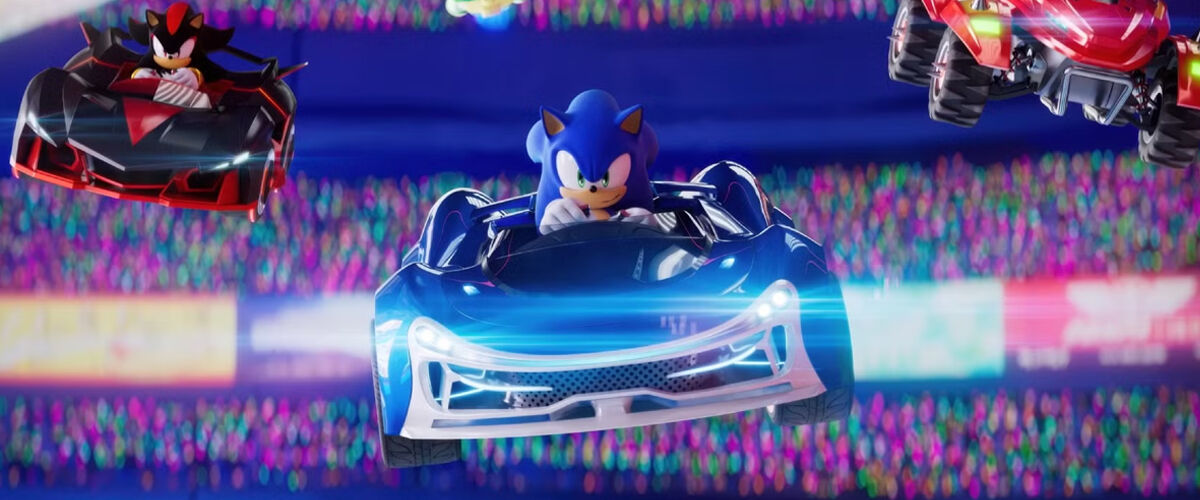This interview has been edited for clarity.
If there’s one video game character that’s synonymous with speed, it’s Sonic, Sega’s iconic blue hedgehog that has sped his way into the hearts and minds of gamers since his debut in 1991’s Sonic the Hedgehog on the Sega Genesis. Over 30 years later, the mascot has become more than a simple multimedia icon, growing to become one of the most recognisable faces in modern pop culture, appearing in everything from games, movies, shows, and on merchandise.
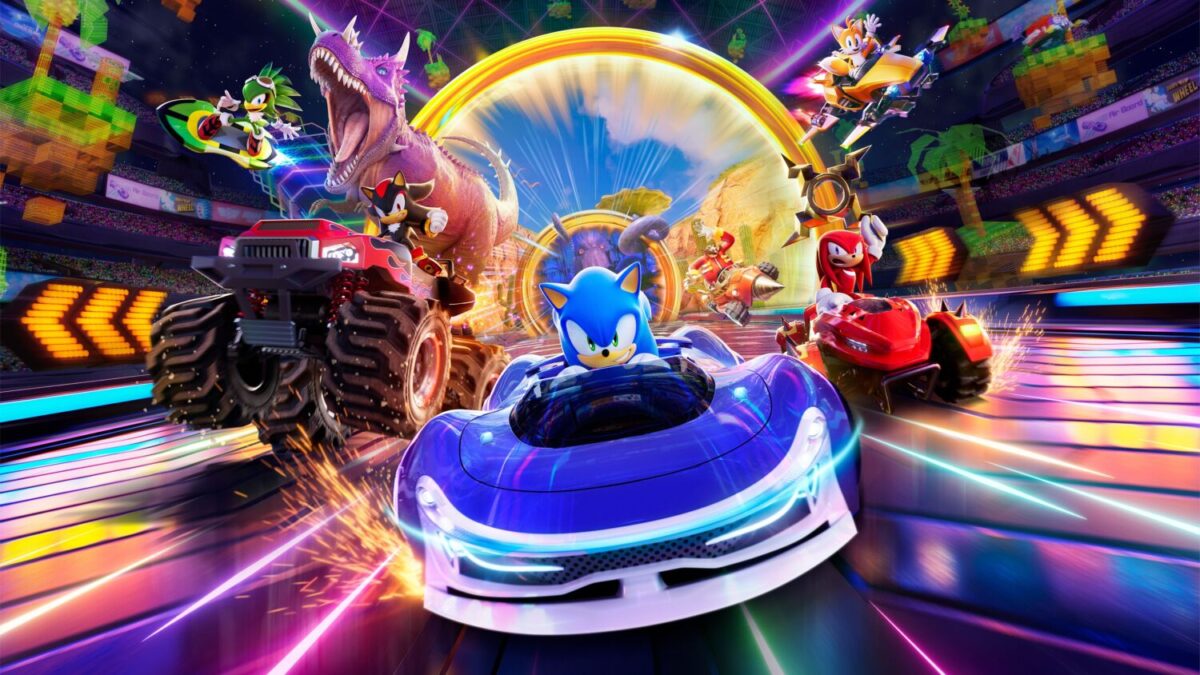
The Blue Blur might have evolved over the years, but one thing remains constant – he’s gotta go fast. Speed has always been as key to Sonic as his striking blue quills, so it’s no surprise that he has dipped his toes into the racing game scene multiple times in his historied line-up of titles. From growing his own Sonic Racing franchise with roots tracing back to the Sonic Drift series in the 1990s, to eventually leading an impressive line-up of racing games, including Sonic & All-Stars Racing Transformed (2013), to Team Sonic Racing (2019), Sonic just cannot stay still, and he’s now jumping across worlds in Sonic Racing: CrossWorlds.
Like its namesake suggests, the major draw in Sonic Racing: CrossWorlds is the ability to seamlessly hop between worlds mid-race via large ring portals, switching up the entire theme of the race at a whim. Fans of the recent Sonic the Hedgehog live-action movies might find this familiar and assume the game is taking its inspiration from the movies, but this concept actually traces back to the earliest Sonic games.
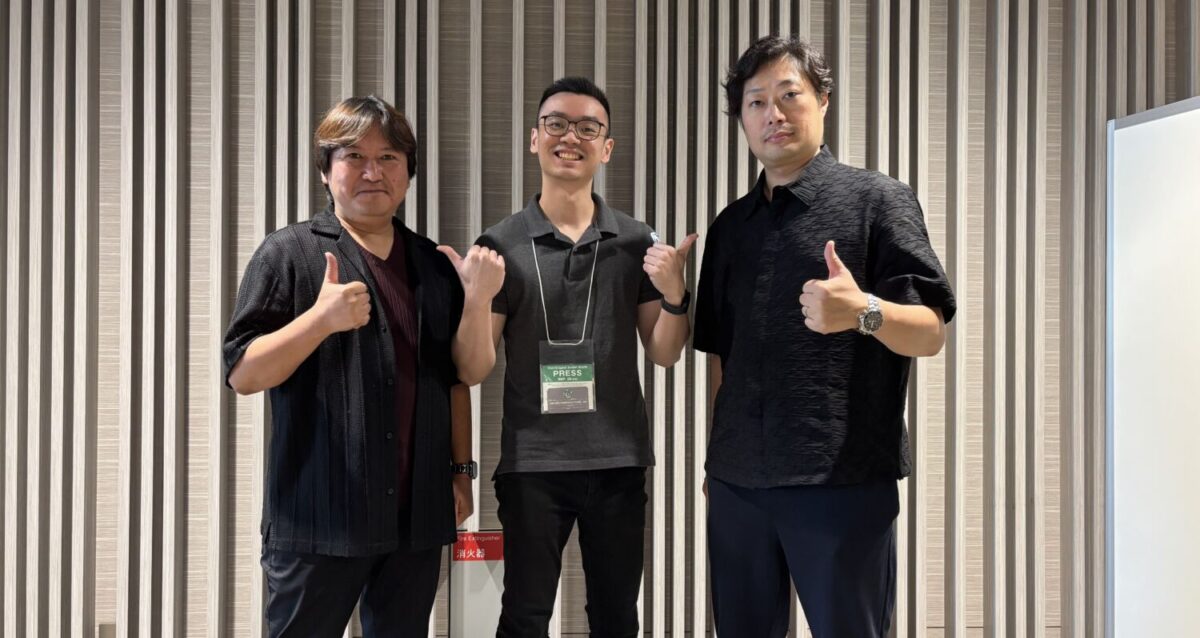
“The ring that appears in the movie was actually based on the classic Sonic games on the [Sega] Genesis,” explains Sonic Series Producer Tadashi Iizuka during an interview with Geek Culture and members of Southeast Asia media at Tokyo Game Show 2025. “It was called the Big Ring, and allowed players to teleport into a special stage, which is what Sonic Racing: CrossWorlds is also referencing.”
“We came up with the idea of a travel ring, which can teleport you to a different course from the second lap onwards,” he adds, explaining that this feature was how the team ensured that it stood out from the crowded racing game genre as a wholly unique idea.
“We didn’t just want to make a great racing game; we also wanted to make something that’s different from every other game.”
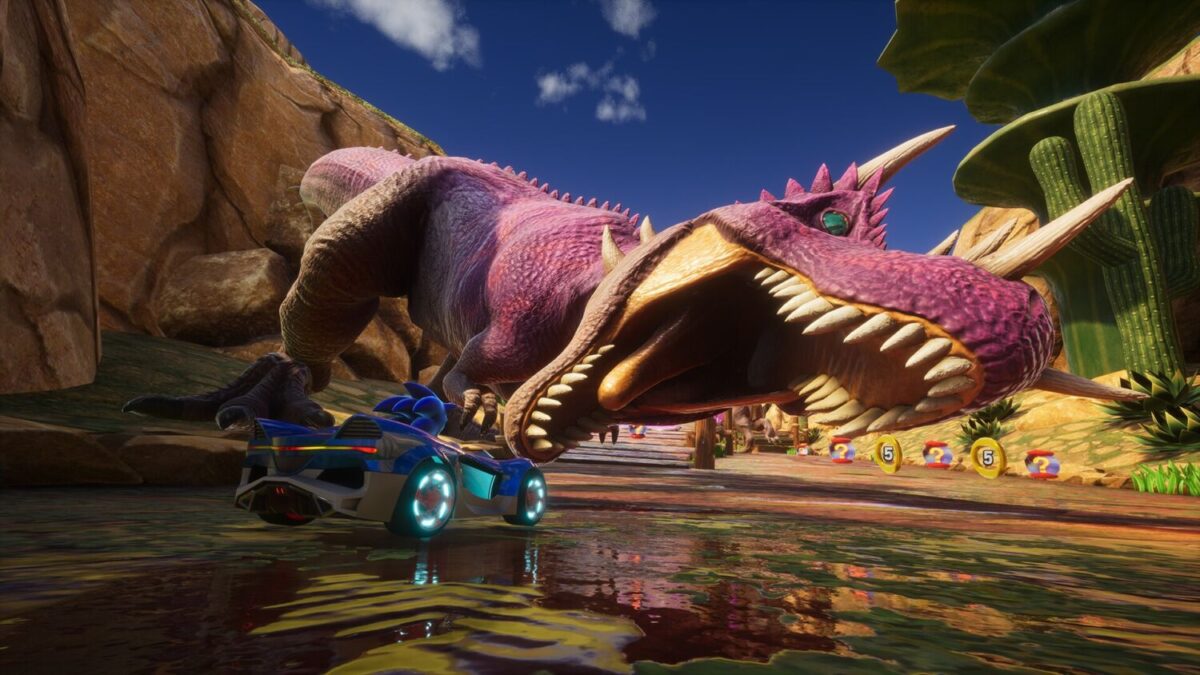
In order to achieve this lofty goal of greatness, the team faced an immense challenge ahead of them, so they started off by looking at the past in order to build the future.
“Work on Sonic Racing: CrossWorlds began immediately after Team Sonic Racing was done, which helped to provide some learning lessons,” recalls Iizuka, “Although Team Sonic Racing had many new features, it didn’t include some fan favourites from past games like hoverboards, or the ability to transform from Sonic & All-Stars Racing Transformed.”
“The omission of these features had led to some voicing concerns over them, so for the next game after Team Sonic Racing, we decided to build something that included all of these previous elements into one whole package.”
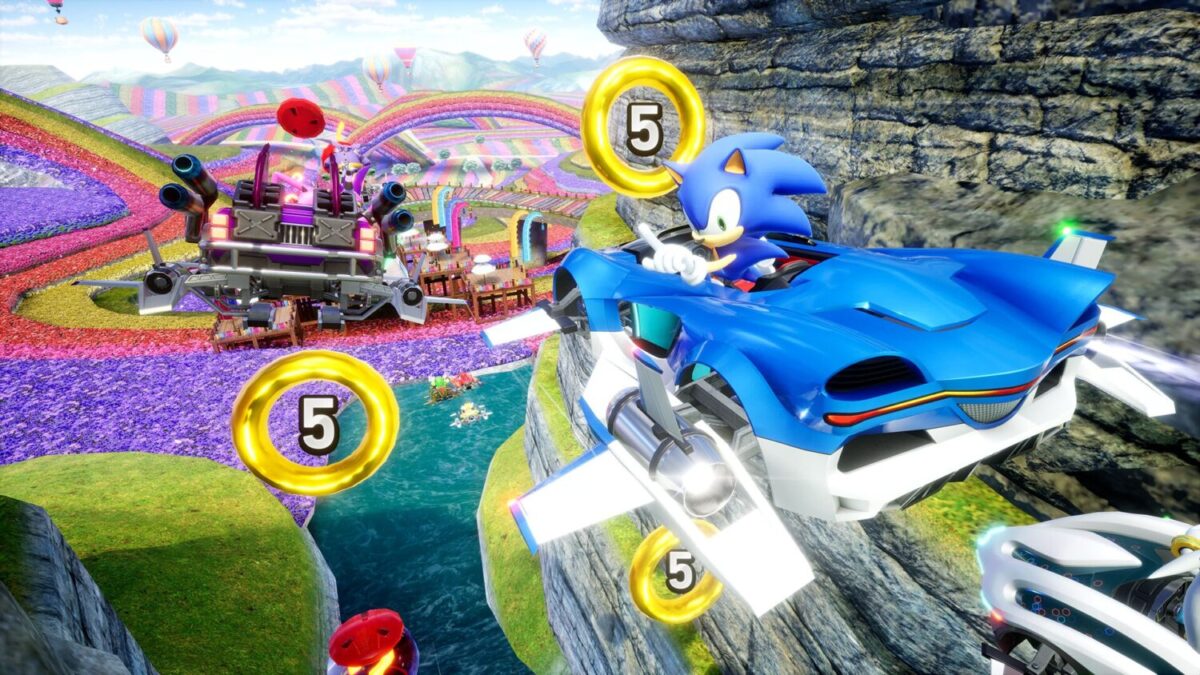
That’s not to say that the team didn’t utilise anything from Team Sonic Racing, as it provided two elements that, according to game producer Ryuichi Taki, were deemed essential to be brought over to the new title – banter between in-game characters, and Festas, limited-time celebratory modes where players can unlock unique items.
Still, Sonic Racing: CrossWorlds doesn’t just take old systems from previous games and call it a day, as the upcoming title is set to include other fresh concepts too, including its new Gadget system, in-depth customisation for both racers and their vehicles (named Machines in the game), and a highly-requested feature, crossplay.
With the introduction of Gadgets, players can now equip special perks in different Gadget “slots” prior to each race, with the system essentially functioning like a load-out of sorts. These perks offer a wide variety of utility, from ones that start players off with a free boost power-up, to one that makes a player’s drift boost charge up much faster than normal.
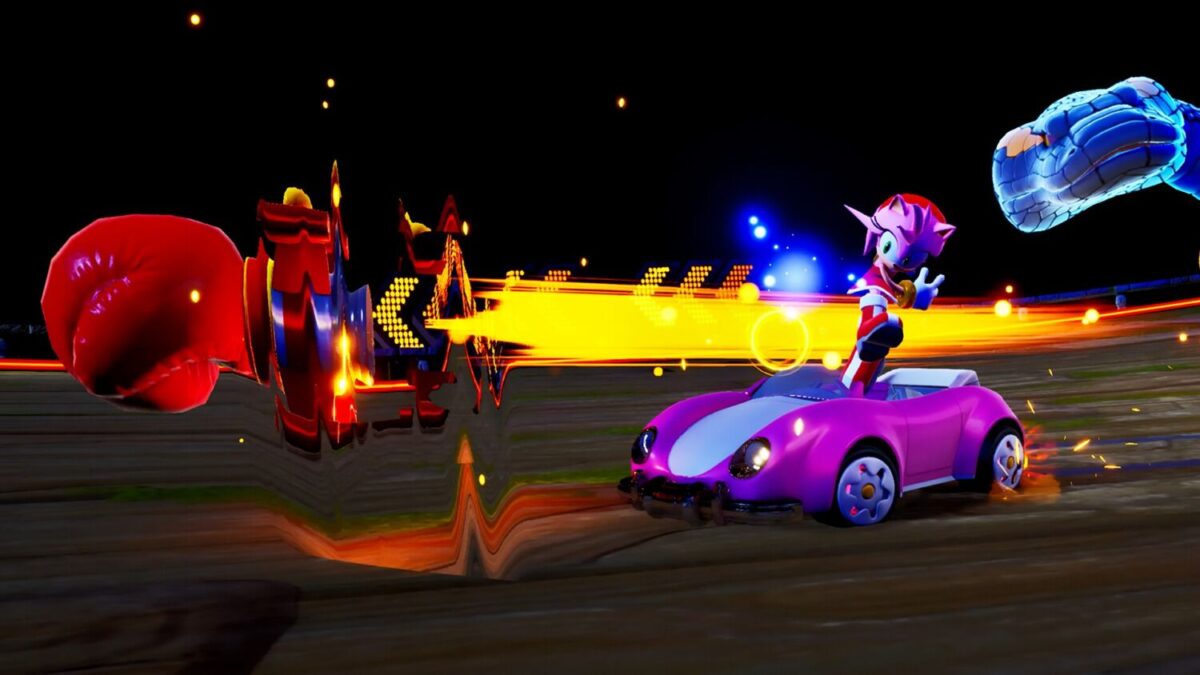
“I previously worked on a rhythm game called CHUNITHM, and the Gadget system is based on that title’s Skill system,” explains Taki.
“When working on a racing game, I wanted to make something that can deepen its gameplay, that can allow players to race their own way, and the answer was the Gadget system.”
With the completion of each race, players will gain a set number of tickets, which can then be used to unlock more Gadget slots to socket even more powerful perks. On the surface, this system does raise the question of game balance, especially during multiplayer modes, where the imbalance of players’ equipped perks might lead to unfair advantages, but according to Taki, the team has worked hard to ensure game balance and will monitor the game closely.
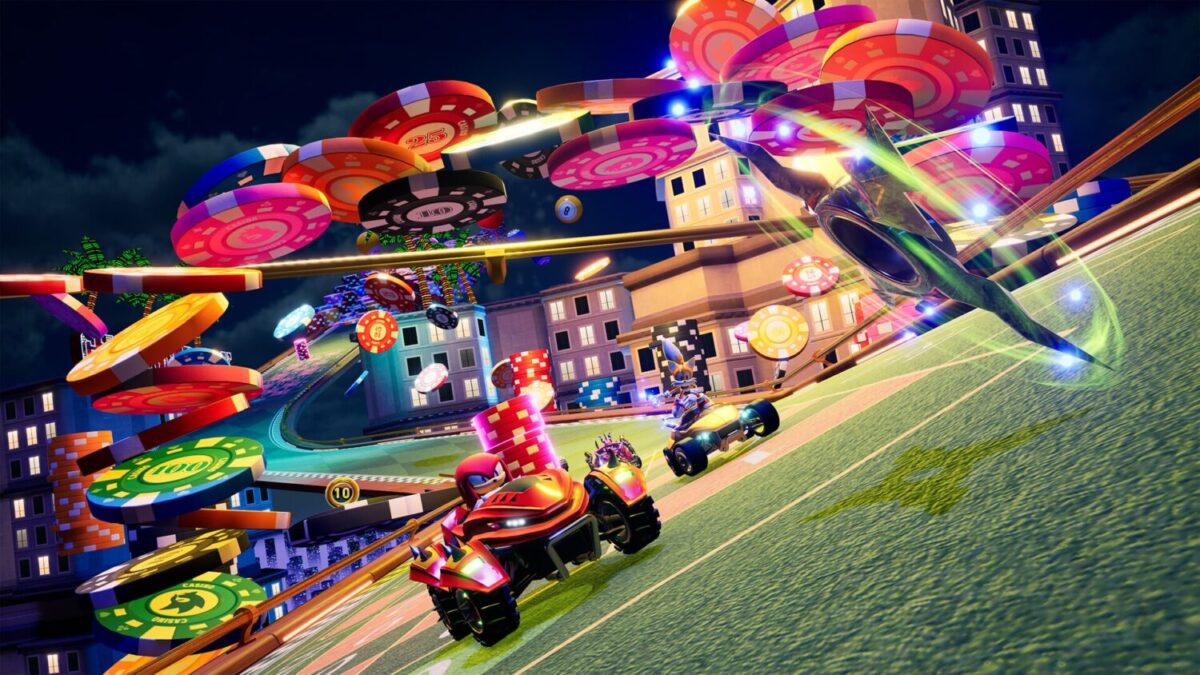
Another aspect that the team worked incredibly hard to implement was crossplay, with the feature being something they wanted to include from the very beginning of development, but there were many hurdles to overcome.
“Crossplay was always a challenge due to different hardware and different specifications of each user’s gaming system,” explains Taki. “Not only is there the issue of those with inferior systems being at a disadvantage, but there’s also the topic of latency when playing with others from around the world.”
“It was difficult, but we did find a way to implement a system that can anticipate a player’s movements to reduce that feeling of lag. It’s very technical, but at the end of the day, the most important thing we wanted to focus on was fairness across all the different platforms.”
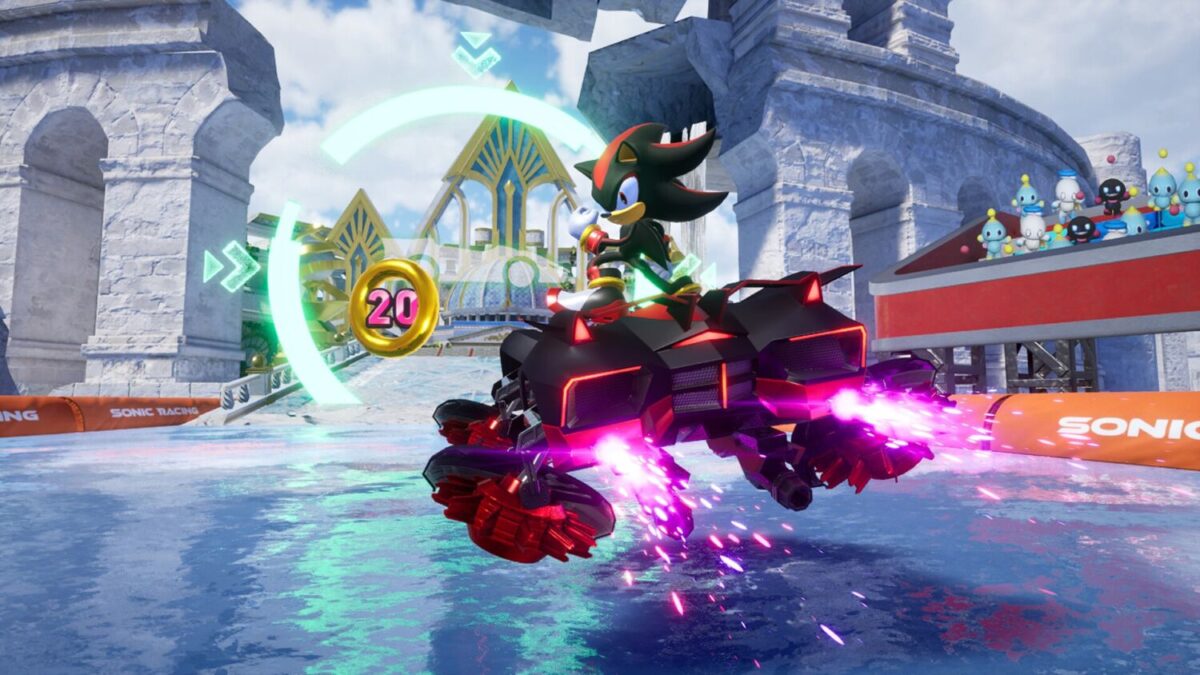
The final addition, and arguably the most interesting aspect, according to the developers, was Sonic Racing: CrossWorlds’ revamped customisation system, which allows players to not just mix and match racers like Sonic, Shadow and Amy Rose with a variety of Machine types ranging from hoverboards, sports cars and monster trucks, but also customise individual components of each Machine, with variable stats across not just each part, but each racer too.
With so many components to toy around with, players can certainly get lost in designing and customising their ultimate racer/machine combination, although Taki admits that they did prioritise making the differing stats of each Machine more drastic than the racer, as they wanted fans to be able to enjoy racing with their favourite characters without worrying too much about their stats.
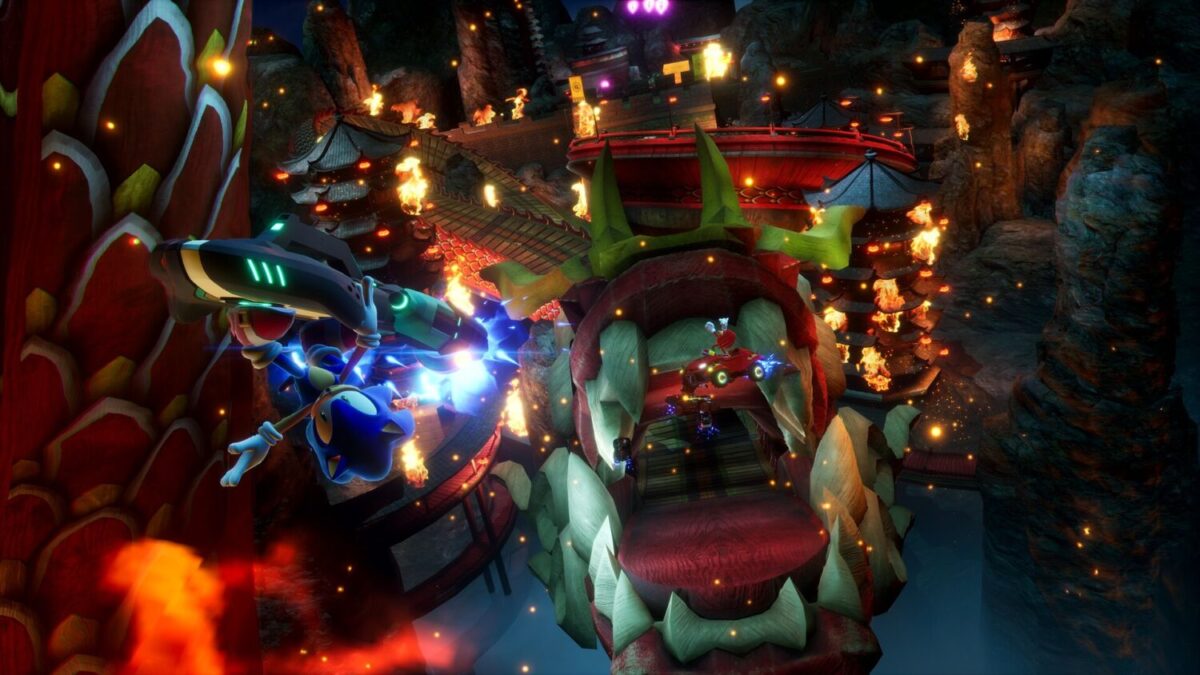
Sonic Racing: CrossWorlds’ new Gadget system and its improved customisation features open the room for players to experiment with different builds and discover their own personal playstyle, and according to Taki, there’s no “one size fits all” solution to winning races, as different builds will vary in effectiveness across different stages and situations.
With its combination of the best parts of past Sonic Racing titles, along with fresh elements like its world-jumping tracks and deep customisation, Taki likens Sonic Racing: CrossWorlds to a jukebox, not just a single music track all in its lonesome, but a harmony of tunes to ensure that there’s always something for everyone.
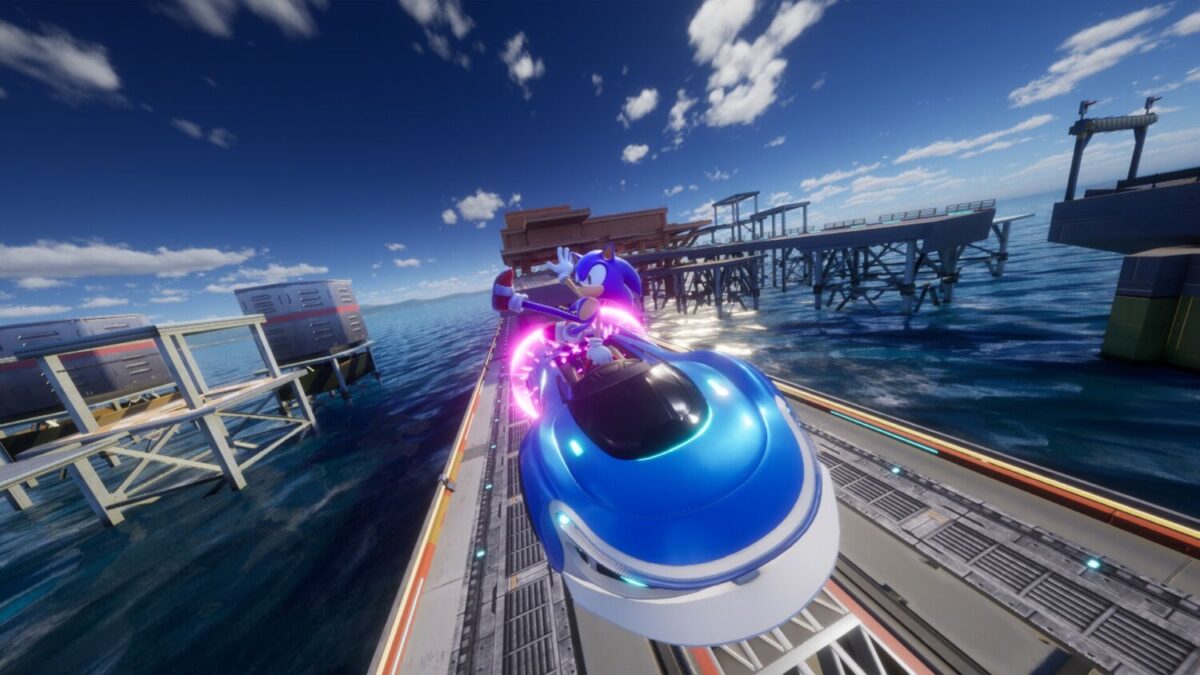
Sonic Racing: CrossWorlds is now available on the PS4, PS5, Xbox One, Xbox Series X|S, Nintendo Switch, and PC, with a Nintendo Switch 2 version planned sometime in the future.

